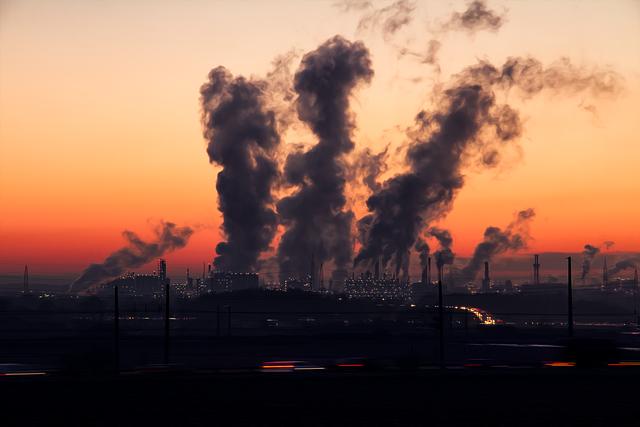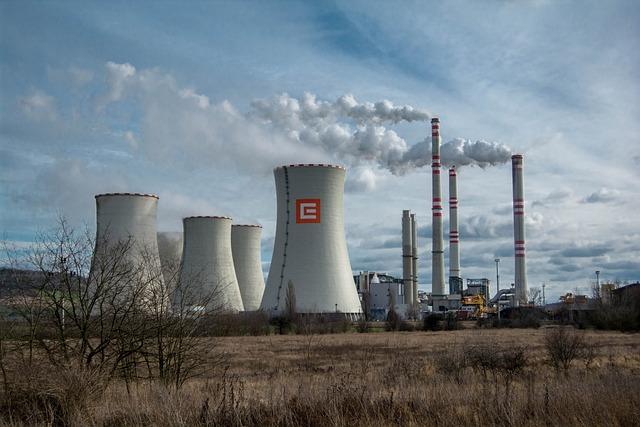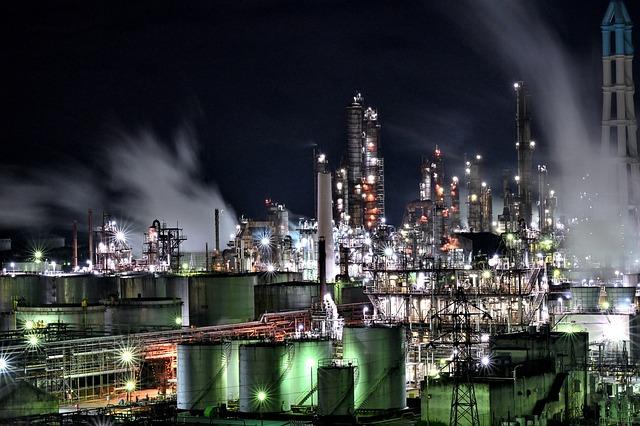Introduction
In today's world, air quality has become an increasingly concerning issue with the rise of industrialization and urbanization. Poor air quality can have detrimental effects on both the environment and human health. This article will explore the air quality challenges faced by cities around the globe, highlighting the risks associated with pollution and providing insights into potential solutions.
Cities at Risk

(Image: Pixabay/@SD-Pictures)
Many major cities worldwide are at risk due to high levels of air pollution. Cities such as Beijing, New Delhi, and Los Angeles frequently experience poor air quality, primarily caused by vehicle emissions, industrial activities, and urban development. The concentration of pollutants in these urban areas poses a significant threat to the well-being of residents and the ecosystem.
Efforts to monitor and improve air quality in these cities often face challenges due to rapid population growth, outdated infrastructure, and limited regulatory measures. As a result, residents are exposed to harmful pollutants that can lead to various health problems, including respiratory issues, cardiovascular diseases, and even premature death.
Sustainability initiatives and stricter environmental policies are crucial for these at-risk cities to combat air pollution effectively. By implementing cleaner technologies, promoting public transportation, and enhancing green spaces, cities can strive towards achieving better air quality standards and ensuring a healthier living environment for their inhabitants.
Air Quality Issues

(Image: Pixabay/@Laura_O)
Air quality issues encompass a wide range of pollutants, including particulate matter, nitrogen dioxide, sulfur dioxide, and volatile organic compounds. These pollutants can originate from various sources such as vehicle exhaust, industrial emissions, agricultural activities, and natural events like wildfires. The accumulation of these contaminants in the atmosphere leads to the formation of smog and haze, reducing visibility and degrading air quality.
Long-term exposure to poor air quality is linked to adverse health effects, particularly impacting vulnerable populations such as children, the elderly, and individuals with pre-existing health conditions. Respiratory illnesses, allergies, and cardiovascular disorders are common consequences of breathing polluted air. Addressing air quality issues requires a multifaceted approach involving government regulations, technological advancements, and community participation to mitigate pollution sources effectively.
Public awareness campaigns and education programs play a crucial role in fostering environmental stewardship and encouraging sustainable practices that can contribute to improving air quality. By raising awareness about the importance of clean air and advocating for emission reduction strategies, communities can work together to create a healthier and more livable environment.
Pollution Sources

(Image: Pixabay/@tasukaran)
Pollution sources are diverse and can vary depending on the geographical location and industrial activities prevalent in a specific area. Common sources of air pollution include vehicle emissions from cars, trucks, and motorcycles, as well as industrial facilities like power plants, refineries, and manufacturing plants. Agricultural practices such as livestock farming and crop burning also contribute to air pollution through the release of ammonia, methane, and other pollutants.
In urban areas, household activities such as cooking with solid fuels, burning waste, and using traditional heating methods can generate indoor air pollution, further exacerbating the outdoor air quality. Identifying and addressing the primary sources of pollution is essential for developing targeted interventions that can reduce emissions and improve overall air quality in a sustainable manner.
Collaboration between government agencies, industries, and the public is key to implementing effective pollution control measures and ensuring compliance with environmental standards. Sustainable urban planning, adoption of clean energy technologies, and enforcement of emission regulations are critical steps towards minimizing pollution sources and safeguarding air quality for future generations.
Health Impacts

(Image: Pixabay/@yamabon)
The health impacts of poor air quality are profound and far-reaching, affecting not only physical well-being but also mental health and quality of life. Respiratory symptoms such as coughing, wheezing, and shortness of breath are commonly associated with exposure to air pollution, particularly in individuals with asthma or chronic respiratory conditions.
Beyond respiratory effects, air pollution has been linked to cardiovascular diseases, cognitive impairment, and adverse pregnancy outcomes. Prolonged exposure to pollutants like fine particulate matter and ozone can increase the risk of heart attacks, strokes, and developmental issues in children. Additionally, air pollution has been shown to impact mental health by contributing to anxiety, depression, and overall psychological distress.
Protecting public health from the harmful effects of air pollution requires a comprehensive approach that includes minimizing exposure to pollutants, promoting clean air policies, and investing in healthcare resources to support impacted individuals. Educating communities about the health risks associated with poor air quality and advocating for sustainable practices are essential steps towards creating a healthier environment for all.
Conclusion
In conclusion, addressing air quality issues is paramount for the well-being of both urban environments and human populations. By acknowledging the risks posed by air pollution, implementing sustainable solutions, and fostering a collective commitment to environmental preservation, cities can work towards improving air quality and creating healthier living conditions for present and future generations.
FAQs
How does air quality impact human health?
Poor air quality can adversely affect human health by causing respiratory problems, cardiovascular diseases, and other health issues. Long-term exposure to pollutants in the air can lead to serious complications, especially for vulnerable populations.
What are some common sources of air pollution?
Common sources of air pollution include vehicle emissions, industrial activities, agricultural practices, and household activities. These sources release pollutants into the air, contributing to poor air quality and posing health risks to the population.
How can individuals contribute to improving air quality?
Individuals can contribute to improving air quality by reducing personal carbon footprint, using public transportation, conserving energy, planting trees, and supporting clean air policies. Small lifestyle changes can make a significant difference in promoting cleaner air for everyone.

